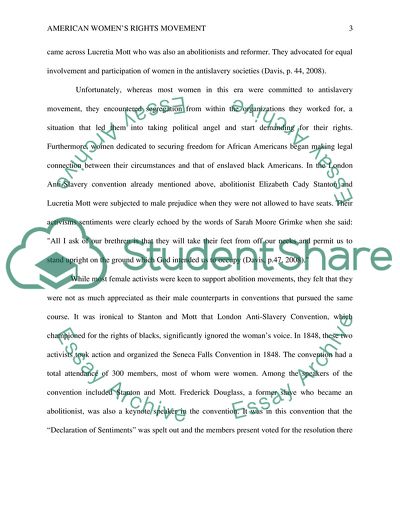Cite this document
(American Women's Rights Movement Literature review Example | Topics and Well Written Essays - 1750 words, n.d.)
American Women's Rights Movement Literature review Example | Topics and Well Written Essays - 1750 words. https://studentshare.org/history/1811882-american-women-history
American Women's Rights Movement Literature review Example | Topics and Well Written Essays - 1750 words. https://studentshare.org/history/1811882-american-women-history
(American Women'S Rights Movement Literature Review Example | Topics and Well Written Essays - 1750 Words)
American Women'S Rights Movement Literature Review Example | Topics and Well Written Essays - 1750 Words. https://studentshare.org/history/1811882-american-women-history.
American Women'S Rights Movement Literature Review Example | Topics and Well Written Essays - 1750 Words. https://studentshare.org/history/1811882-american-women-history.
“American Women'S Rights Movement Literature Review Example | Topics and Well Written Essays - 1750 Words”. https://studentshare.org/history/1811882-american-women-history.


